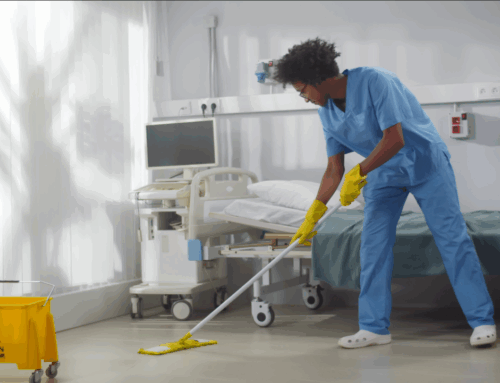The Reality of Hand Hygiene
This is my fifth President’s Message for ISSA today. Throughout the year, I have worked hard to ensure that the theme of my article is relevant to the topics and messages included in each particular issue.
When Jeff Cross, our editorial director for ISSA Media, informed me that the importance of handwashing would be featured in this issue, I felt that my task for this month would be easier than most. I have a lot to say about handwashing and I have written about it in the past.
We have all seen many articles and various signs promoting the importance of handwashing. There are many reasons for this. For one, given the many things you do in a day that bring your hands into contact with germs, frequent handwashing is the single most important thing you can do to prevent yourself from getting sick, as well as from spreading germs to other surfaces and to other people. You may not even be aware of how many times a day you blow your nose, play with the dog, talk on the telephone, use your smartphone, type on the computer, or touch a doorknob.
Consider the following facts and figures:
- Infectious diseases commonly spread through hand-to-hand contact include the common cold, the flu, and gastrointestinal disorders.
- Many outbreaks of foodborne illness such as salmonella and E. coli, can be traced to unwashed or poorly washed hands.
- Two million people become ill each year as a result of a hospital-acquired infection. Proper hand hygiene is critical to the prevention of these infections, which contribute to the death of nearly 90,000 hospital patients per year and $4.5 billion in medical expenses.
- 91% of adults say they always wash their hands after using public restrooms. However, only 83% were observed doing so.
- Proper handwashing is also the most effective way of preventing the spread of many serious illnesses such as meningitis, bronchitis, hepatitis A, and SARS.
- Most people report washing their hands after using the bathroom in their home (83%) and before handling or eating foods (77%). However, smaller percentages wash their hands after petting a dog or cat (42%), coughing or sneezing (32%), or handling money (21%).
- 68% of respondents of the Soap and Detergent Association’s (SDA) 2006 National Cleaning Survey do not wash their hands long enough to effectively remove germs and dislodge dirt. (Source: foodsafety.gov)
As you can easily see from these statistics, good hand hygiene is proven to benefit health. Properly cleaning your hands is simple and extremely effective, yet many people do not maintain this practice as often, or as well, as they should.
Hand hygiene in the workplace
Infectious diseases, such as colds and the flu, are the leading causes of employee absenteeism due to illness. Lost productivity in the workplace from the flu alone costs employers an estimated $15 billion. Yet, the first line of defense against infectious diseases—good hand hygiene—is often overlooked by employers. Most companies do not proactively encourage handwashing in the workplace.
The SDA recommends that employees wash their hands approximately five or more times a day. What’s more, there seems to be a direct correlation between encouragement by employees and compliance. In businesses that post handwashing reminders, 72% of employees wash their hands five or more times a day and 38% wash their hands more than 10 times a day. Employers should therefore post reminder signs in bathrooms, kitchens, and other communal areas. By doing this, companies are not only being responsible, but can also help improve their bottom line.
Experts agree that the best way to stay healthy as we head into flu season is to practice proper hygiene and have an efficient cleaning program. It is also important, to put a response plan in place in case preventative measures do not work. Employers must take this important step to help prevent the rapid spread of infection, and thus avoid a pandemic.
Businesses play a key role in protecting the health and safety of employees, as well as the general public, and in limiting the negative impact on the economy and society.
Below are some helpful tips on when to wash your hands:
- After using the restroom
- Before and after eating
- Before and after staff meetings
- Before and after a networking event
- After using shared office equipment
- After sneezing, coughing, and blowing your nose
- After scanning reading material in the break room
- After using someone else’s keyboard or tools
At the upcoming ISSA Show North America 2019, November 18-21, in Las Vegas, there will be many exhibitors with expertise on the importance of handwashing and the most appropriate hand hygiene solutions for different environments. Be sure to plan to visit with them during the show.
In addition, don’t forget to see the full list of educational sessions being offered at the show that can help with this and many other matters that will be beneficial in your facility or company.
















